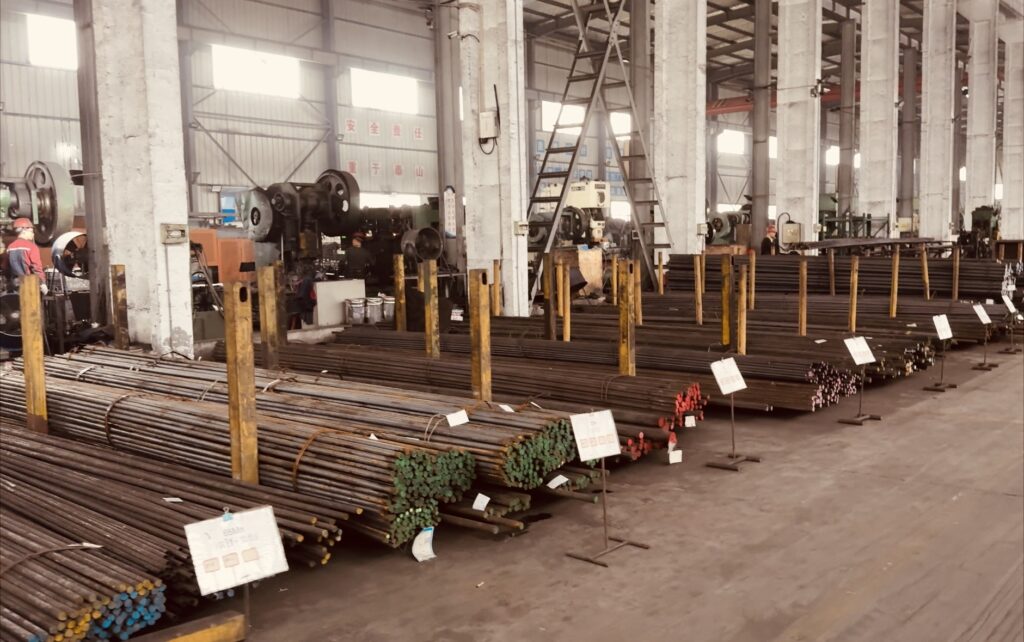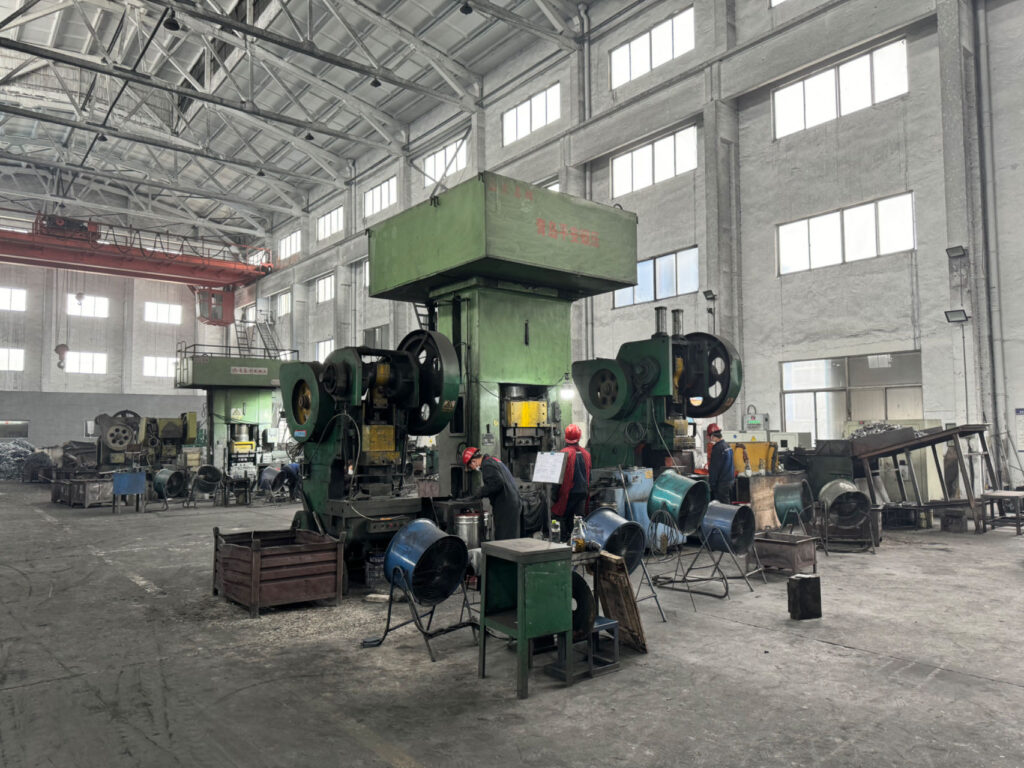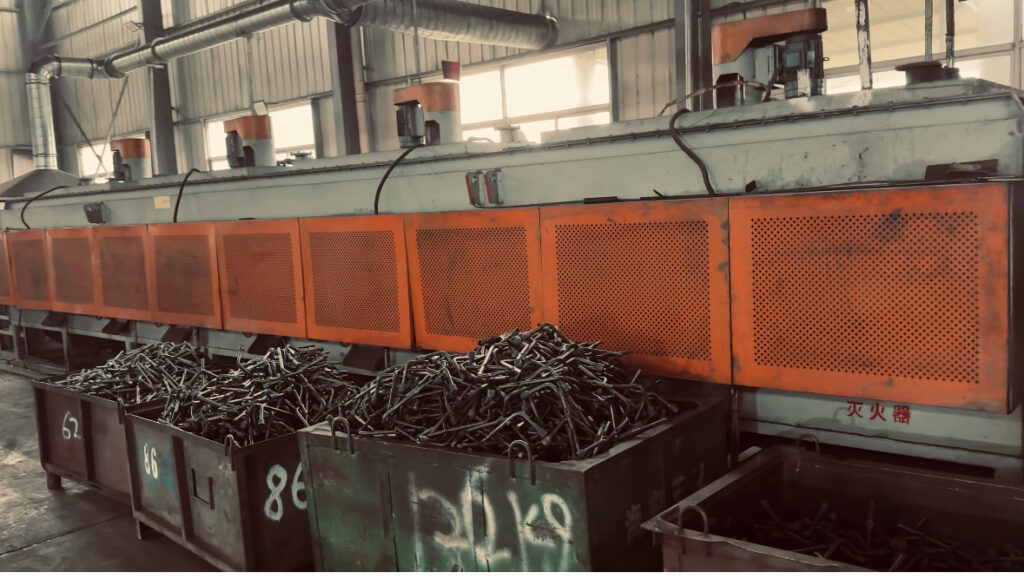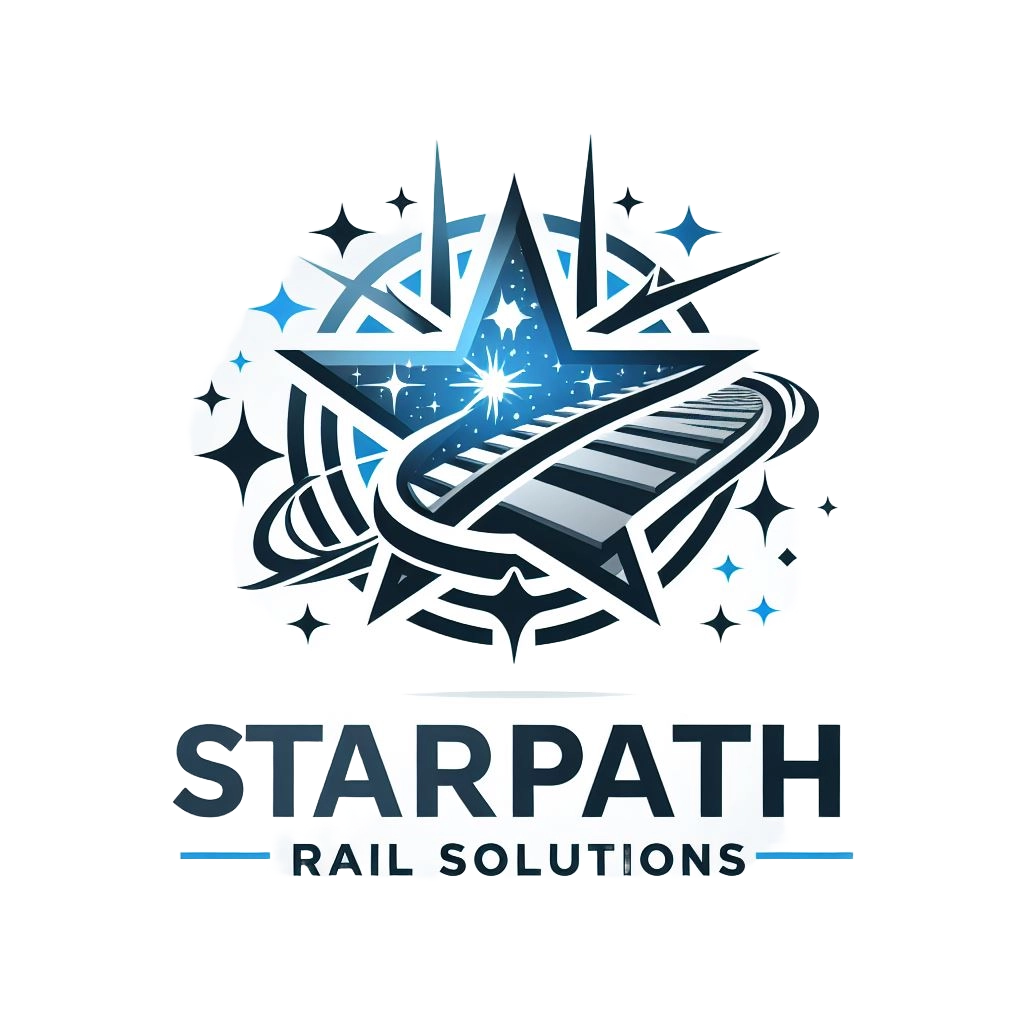Ensuring Reliability & Safety Prototype Parts
Prototype Parts Manufacturing is essential for the reliability and safety of railroad components. Our advanced facilities and expert team ensure each prototype meets the highest industry standards. By blending innovative testing methods with extensive industry experience, we deliver products that consistently exceed client expectations in performance and durability.

Prototype Parts Manufacturing
is essential for several reasons:
Ensuring Reliability and Durability
Rigorous testing ensures that products can withstand real-world conditions.
Meeting Industry Standards
Adherence to standards like AREMA ensures safety and compliance.
Reducing Risks and Costs
Identifying issues early in the development process saves time and money, preventing costly recalls or failures.
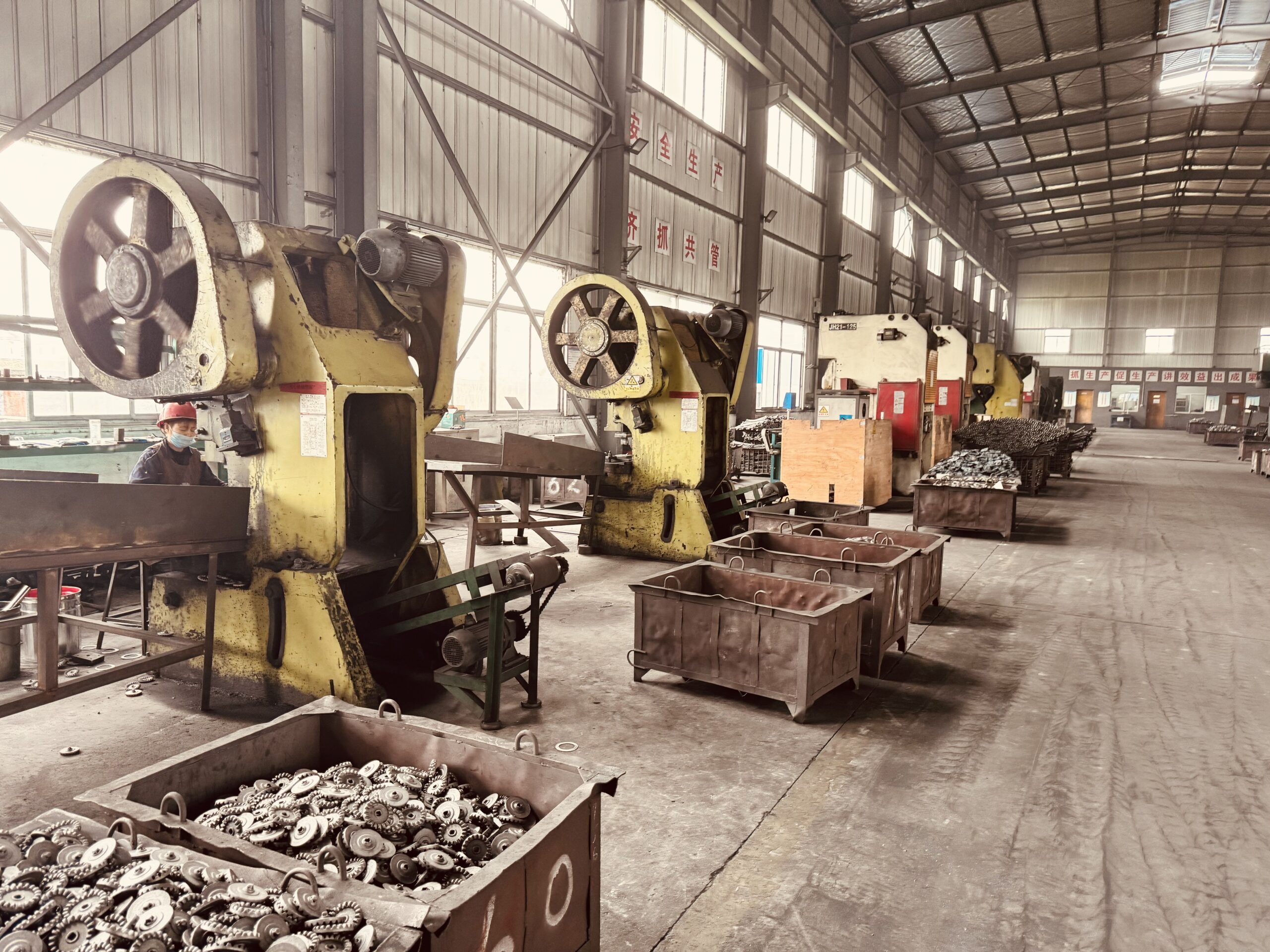
Precision Prototype Parts Manufacturing
Reduce Risks and Costs by Identifying Issues Early
Our prototype testing ensures components meet exact specifications and timelines, providing reliable and safe solutions.
Steps to Manufacture a Forging Prototype
01
Understanding Customer Requirements
• Review Drawings and Specifications: Examine customer-provided drawings and specifications for details like material type, dimensions, and tolerances.
• Material Specifications: Confirm the required material, such as carbon steel, alloy steel, or stainless steel.
02
Designing and Creating Dies
• Die Design: Create forging dies, trimming dies, and flattening dies based on the drawings.
• Die Manufacturing: Use high-quality materials to manufacture the dies.
03
Cutting and Heating the Billet
• Billet Preparation: Cut steel billets to the required length and ensure quality.
• Heating: Heat billets in a furnace to the appropriate forging temperature.
04
The Forging Process
• Forging: Use dies to press heated billets into shape.
• Trimming: Remove excess material to meet dimensions and tolerances.
05
Heat Treatment
Heat Treatment: Perform processes like normalizing, quenching, and tempering to enhance properties.
06
Finishing Processes
• Shot Blasting: Clean parts to improve surface finish.
• Machining: Perform machining for precise dimensions if necessary.
Create high standard
Prototype Parts Manufacturing
